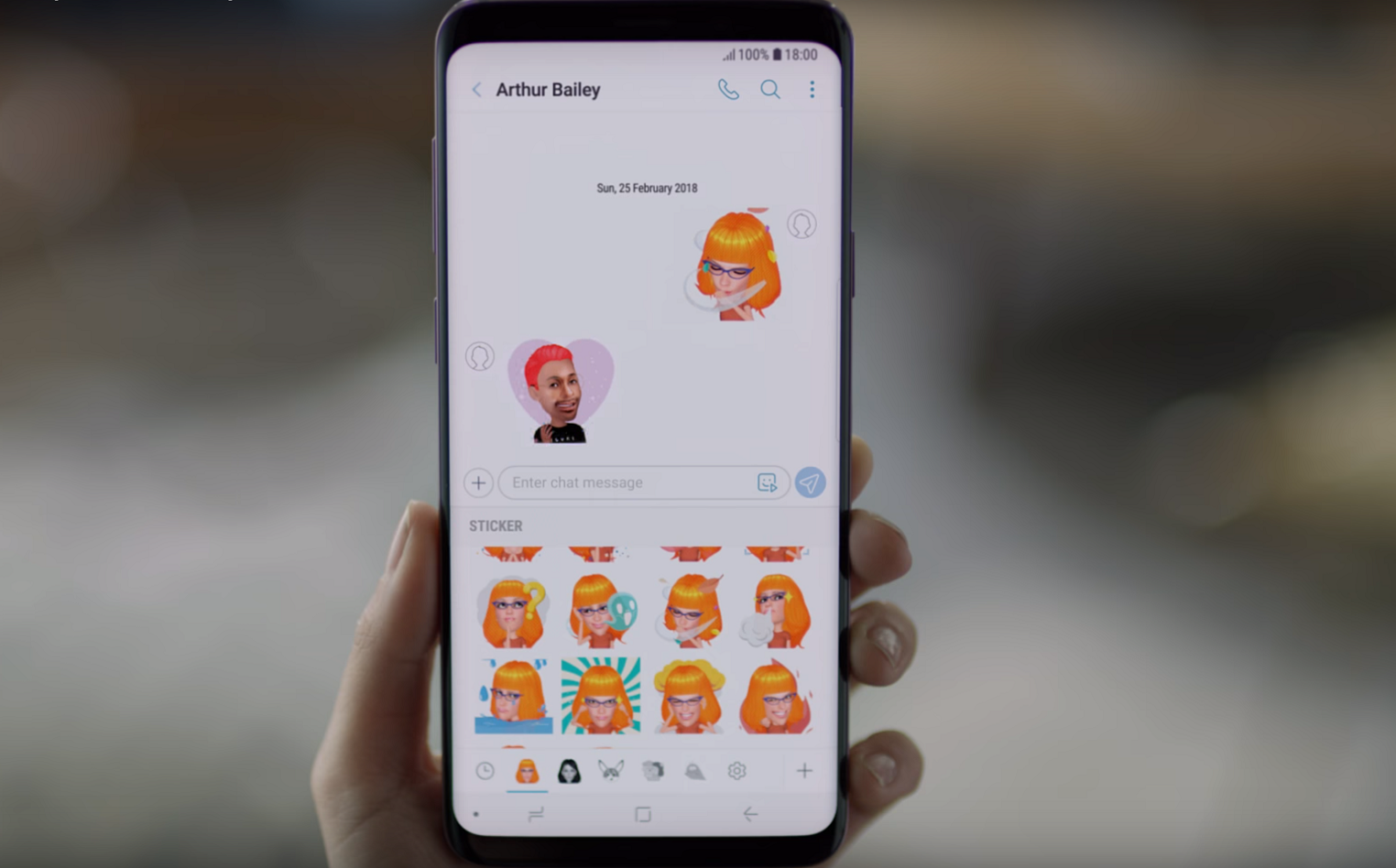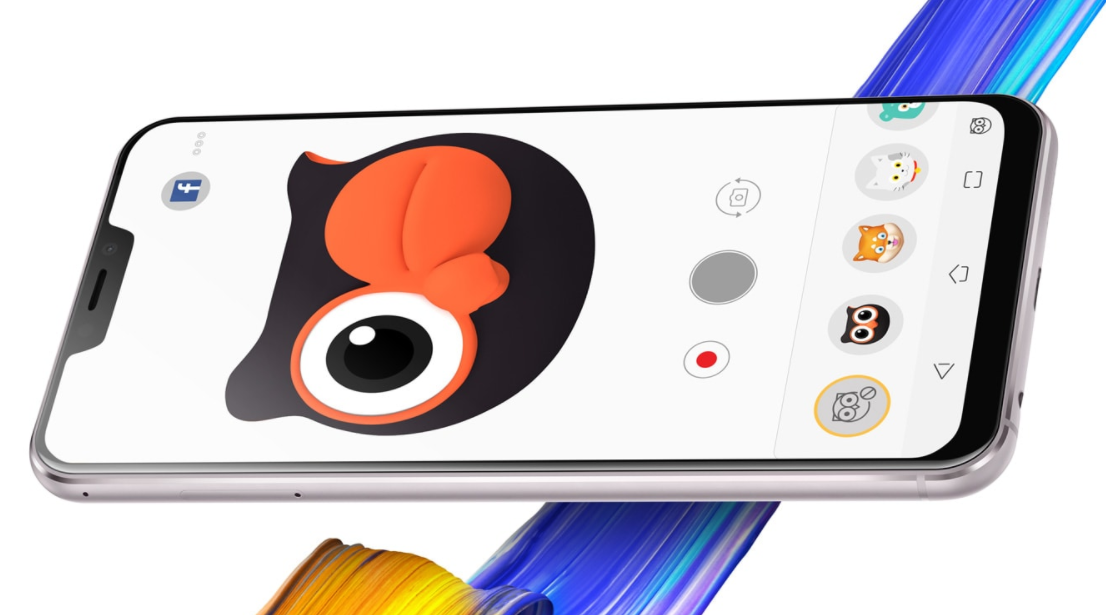Words can only help you go so far in a conversation, which is why we have turned Emojis into a language of itself. While apps like Snapchat have made animated Emojis like Bitmoji popular among the mainstream users, Apple changed the scene with the futuristic Animoji.
Samsung has since caught up with its very own variation of animated Emojis with the Galaxy S9, and termed it AR Emoji. Even Asus has joined the race with the release of its ZenFone 5 lineup, bringing its very own ZeniMoji. While both features are targeted towards a more interactive way of having conversations, they aren’t identical. Here are the key differences between Samsung’s AR Emoji, Asus’ ZeniMoji, and Apple’s Animoji.
Related:
8 great WhatsApp tips you should know
1. Animoji is complex, but more accurate
Animoji came out as a selling feature of Apple’s anniversary edition iPhone X, with a TrueDepth camera setup. Apart from being used in Face ID for facial recognition, this technology accurately maps out the facial expressions of the user and turns it into an animated Emoji based on the characters available.
https://youtu.be/hS18Zxpd6E0
In comparison, the Samsung Galaxy S9 and S9+ do not have any proprietary hardware that allows mapping of facial expressions. While the 8MP selfie camera that is used for AR Emoji can capture regular facial expressions impressively, it is simply not equipped with the hardware to create accurate facial expressions of the Animoji.
Similarly, the ZenFone series captures the essence of what Samsung is offering with its 8MP front camera. There is no special facial expression mapping hardware, so everything is done on the software side of things.
Related:
Find More Android tips
2. AR Emoji is far more customizable
Samsung has made a version of animated Emojis that is all-inclusive and helps you create avatars that reflect who you are. From capturing your real-life appearance, to adding clothing and accessories that reflect your personality, AR Emoji can also be used to express 18 different types of emotions.
https://youtu.be/3Hla9LsYfrg
When it comes to Apple’s Animoji, you’re limited to creating it on the iPhone X, since none of the other iOS devices have the TrueDepth camera technology. More importantly, Animojis are restricted to only 12 preset characters for you to choose from, so you can’t really create an Animoji that is truly unique to you.
In regard to ZeniMoji, you don’t nearly get the number of customization features that Samsung offers with AR Emoji. Staying closer to Animoji in this case, ZeniMoji comes with cutely animated avatars predesigned with the device, with no major personalization feature.
3. Animoji is super exclusive
As we highlighted earlier, it is the hardware that makes accurate facial expressions of the Animoji possible on the iPhone X. Since the hardware is not present on any other iPhone till date, the only way for you to create an Animoji is to get your hands on the uber expensive iPhone X.

While AR Emoji has been a highlight feature exclusive to the Galaxy S9 and S9+, Samsung can easily bring it to more devices. Since AR Emoji and the technology behind it is software-based and not completely dependent on the hardware, we can soon see Samsung bring AR Emoji to other devices of the Galaxy lineup.
Since ZeniMoji is not hardware-based and most of the expression mapping is done on the software end, it might come to present and future devices. While Asus has made no promise over it, it feature has the potential to be officially or unofficially ported to other ZenFone devices.
4. AR Emoji are easy to share
Once you’ve created your personal Emoji, it can be turned into 18 GIFs and shared directly through the Samsung Keyboard. You can choose to share it directly as a PNG image during texting, or make the most out of the animations with a GIF that can be shared across any texting platform.

The only way to record and create an Animoji however, is to access the iMessage app on your iPhone X. You can’t simply create and store Animoji clips in your keyboard to share whenever you want to, as you’ll need to create the 10-second clip every time you want to share it.
Asus is keeping the capabilities of ZeniMoji under the wraps for the moment. But with the openness of the Android OS, you can expect the animated Emojis from ZenFone 5 to be shareable across most media platforms.
5. ZeniMoji can be used live
Apple is the ruler of offering accurate expressions with its Animoji and TureDepth front-camera, while Samsung wins the show with AR Emoji that can easily be customized, personalized and shared across all platforms. But one place where Asus takes the lead is in the way you can use ZeniMoji.

What Asus offers and the other two don’t is the ability to use ZeniMoji during video calls and even live streaming. You can personalize the preset avatars with your voice, facial expressions, and even head movements during a live streaming session, or during a video call over the internet.
Is AR Emoji or ZeniMoji the future of expressive texting, or Animoji way to cool to ever become irrelevant? Share your thoughts in the comments section down below.













Discussion